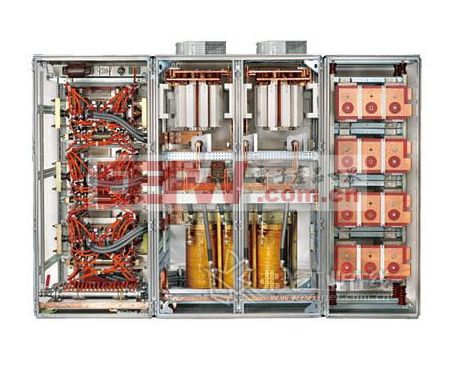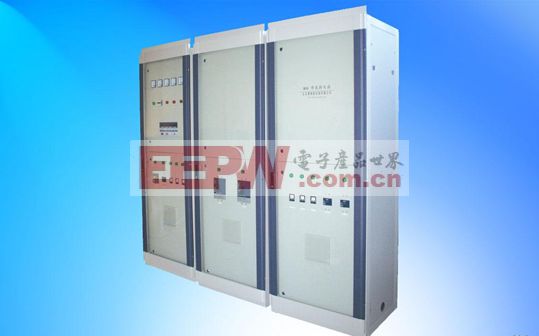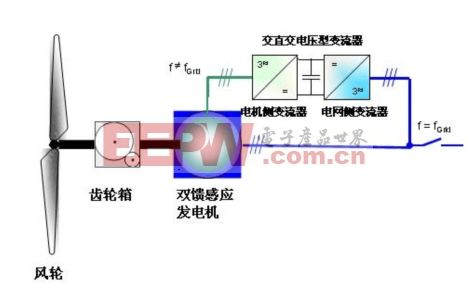Introduction: This article explores the working principle of a converter, an essential electrical device used to modify power characteristics such as voltage, frequency, and phase. Converters are widely applied in various industries, from power supplies to renewable energy systems. Let’s dive into how these devices function with some detailed explanations.
1. Converter Working Principle – Overview
A converter is an electrical device that transforms one form of electrical energy into another. It can convert AC to DC, DC to AC, or even change the voltage or frequency of an AC signal. Common types include rectifiers (AC to DC), inverters (DC to AC), AC converters, and DC choppers. These devices often use control circuits to regulate their operation and ensure stable performance.

2. Converter Working Principle – Structure
Beyond the main circuit, a converter also includes a trigger circuit for controlling the switching of power components and a control circuit for managing power flow. The trigger circuit may consist of a pulse generator and a pulse output unit. Depending on the control method, it can be classified into phase control, chopping control, or frequency control. A sine wave frequency control system not only regulates the inverter's output but also enhances its waveform quality.

3. Working Principle of the Converter
Let’s take a wind power converter as an example. It uses three-phase voltage-type AC-DC-AC bidirectional conversion technology, with a "dual DSP full digital controller" at its core, offering fast floating-point computation capabilities. This system supports adjustable input and output power factors, automatic soft grid connection, and maximum power point tracking (MPPT) control.
The power module employs high-frequency IGBT devices, ensuring clean output waveforms. The rectification and inverter components offer a simple structure and reduced harmonic distortion, significantly improving the performance and power quality of the doubly-fed asynchronous generator. This excitation control system enables independent regulation of active and reactive power, making it a key technology in modern wind turbine systems.

The block diagram of the converter’s working principle is shown above.
Expand reading:
1. Research on double closed loop current control of four quadrant converter
2. Modeling and control of a three-active bridge converter
3. Design of wind power converter based on LCL filter
Inverter
coin battery holder,cr2032 battery holder,cr2032 holder,cr2032 socket,cr2450 battery holder,cr2450 holder,2450 battery holder
Dongguan Yiyou Electronic Technology Co., Ltd. , https://www.dsubminiature.com